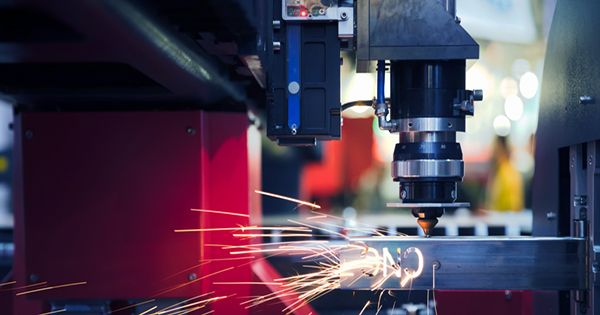As the United States moves forward with massive infrastructure investments, much of the discussion has focused on creating jobs and new green industries for the twenty-first century.
Although the Biden administration’s plan will certainly expand the workforce, it also provides a great opportunity for the adoption of automation technology in the construction industry. Despite the common story of human jobs being pushed away, there is almost no conflict between the two, especially as new investments create new roles and workplaces.
Indeed, one of the biggest problems in the construction industry remains the lack of labor, creating the need for automation to move forward with these ambitious projects. The residential construction industry alone has about 223,000 and 332,000 unpaid construction jobs vacancies at the top unemployment rate of 15% in 2020, but the unemployment rate is almost the same when it was only 4.1%.

Between 1985 and 2015, the average age of construction workers increased from 36 to 42.5, with those aged 55 and over increasing from 12% to more than 20%. A 2018 population survey conducted by the Census Bureau found that workers under the age of 25 make up 9% of the construction industry, compared to 12.3% of the total workforce in the United States. Productivity in the construction industry has similarly been stable since 1995, largely driven by the older population of the existing workforce, the apprentice nature of the work and the difficulty in attracting and retaining new workers.
In short, there is no shortage of hard work to do this work; existing workers are becoming increasingly less productive as skilled workers who have accumulated decades of experience in their craft are lost due to retirement. Automation needs to be a key component of any large infrastructure push, especially if we hope to achieve the ambitious goals of the current proposals. That being said, not all areas of the construction industry are primary or even effective for this shift in automation.
Construction is one of the largest industries in the world, but it has two major challenges: market segmentation and complex stakeholders. The construction industry as a whole is nationally fragmented but sometimes locally centralized.
It usually varies with less than 10 workers each, depending on the type of department and Construction Company. The top 100 general contractors account for less than 20% of the total construction market. The more fragmented the subcontractors, the less likely the top players share less than 1% of the total market share. This makes the sales process and scaling very slow and highly inefficient.















